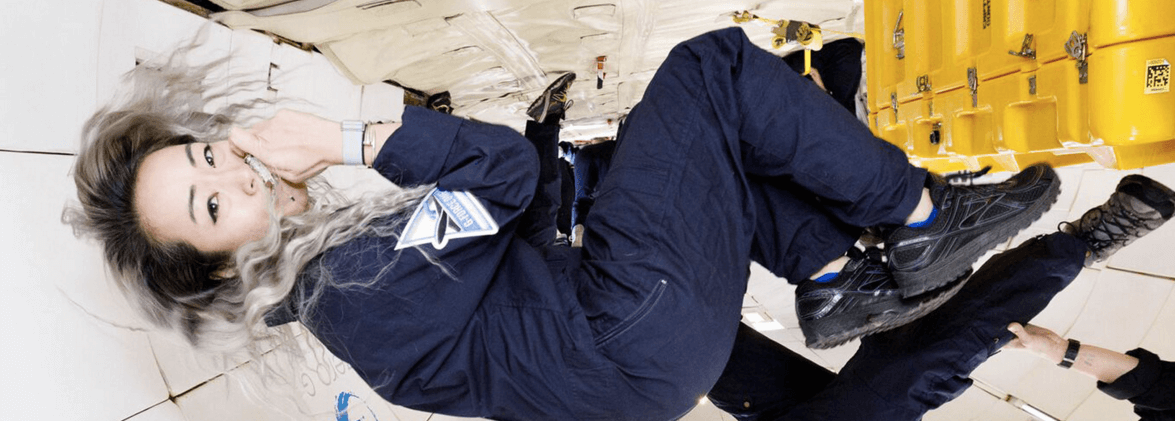Text by CLOT Magazine

In a few days, on September 6th, the annual Ars Electronica festival in Linz, Austria, will once again open its doors to artists, scientists, technologists and interested audiences alike. The festival established itself as arguably one of the most important platforms for transdisciplinary experimentation, evaluation, and reinvention. Above all, it is a gathering place for creativity and innovativeness.
This year’s edition bears the title Error – The Art of Imperfection. At a time when everything seems to be tilting towards maximization and achieving utter perfection, putting forward the ‘error’ as something potentially valuable and/or useful can be seen as an act of transgression, a deviation from the norm.
‘Error’ can be a whole array of things and concepts. ‘Glitch’ is one of them and the one put to use in the following example of the Space Exploration Initiative. The Initiative, MIT Media Lab’s grassroots organisation promoting an “open-access, space-hacking future”, is presenting its six projects with its first art exhibition called ‘A Glitch in the Stars’ at Ars Electronica 2018 in PostCity. In it, they explore the seemingly impossible: humans in space. This is itself a kind of an ‘error’ or a ‘glitch’ since space is »naturally« uninhabitable – in space, humans are exposed to various risks and human-unfriendly conditions, including zero gravity and radiation.
How could we overcome those obstacles, and if we do, how does the human factor relate to the space factor? The six projects offer us several futuristic conceptualisations of living in space – where ‘living’ is not merely ‘inhabiting’ but includes all the meanings and connotations we have in mind when we think of ‘home’, for example. Scent, the most powerful memory and, thus, nostalgia inducer of all senses, is employed in Ani Liu‘s Smells for Space. Liu made olfactive tokens, capsules which contain the Earth’s scents and which could be used by future astronauts on their one-way trip to space.
Nicole L’Huillier and Sands Fish were thinking of another inherently human aspect – the desire or need for music and musical expression. They designed Telemetron, a musical instrument which works in zero gravity. Made up of gyroscopes, the instrument translates motion into sound so that “the performance [becomes] a dance between human and non-human bodies and explores a new body language for music” [1].
Furthermore, Juliana Cherston made Grappler, a tool for landing infrastructure on an asteroid; Chrisoula Kapelonis and Carson Smuts created Spatial Flux, a pneumatic surface that embraces human body in zero-gravity. Ariel Ekblaw presents Tesserae, a self-assembling space architecture, and Xin Liu introduces Orbit Weaver, a spider mobility-inspired handheld gadget that helps humans coordinate weightless movements.






